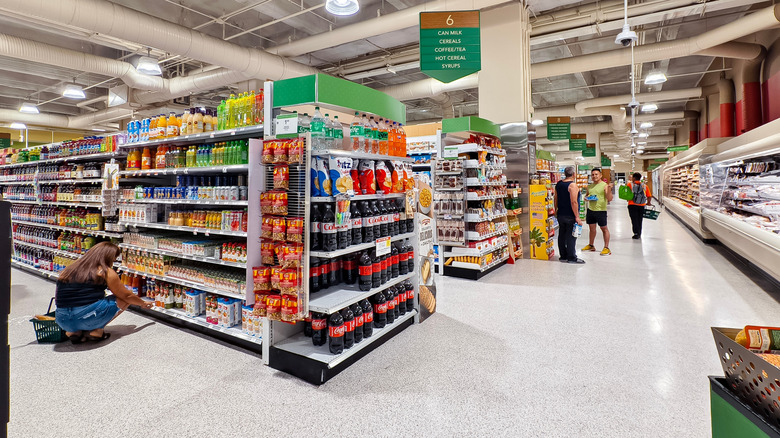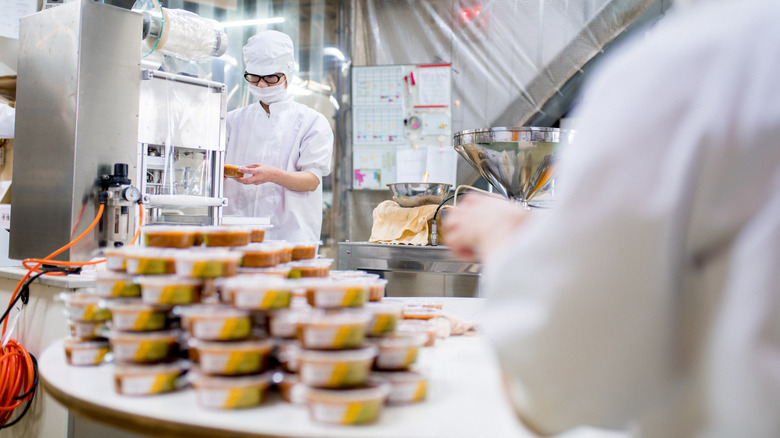One Major Publix Chicken Recall Had Consumers Biting Into Metal
Publix first opened in 1930 and has since strived to make good on its mission to be the "premier quality food retailer in the world." However, the grocery chain isn't immune to the problems that come with running a large food retailer, and over the years, Publix has had its share of recalls that affected millions. One of these came in March 2019 when Tyson Foods issued a recall for over 11 million pounds of ready-to-eat chicken strip products that were sold in several retailers, including Publix. The recall was initiated due to reports of consumers finding metal fragments in their food. The recall was expanded in May 2019 to cover more products made at one food manufacturing location from October 1, 2018 to March 8, 2019. (Tyson Foods issued an unrelated chicken recall in 2021.)
While few injuries were reported during the time the chicken was on the market, the recall impacted several grocery store chains in multiple states, including Alabama, Illinois, California, Kentucky, Michigan, Ohio, Tennessee, Virginia, and Wisconsin. Publix tries to be as on top of recalls as possible and has a policy of immediately removing products from store shelves once a food is discovered as requiring a recall. In conjunction with this, anyone who had purchased the contaminated chicken was urged not to consume it. It is possible that these steps helped prevent more people from falling foul of this faulty chicken.
How manufacturing facilities prevent contamination
In any food manufacturing facility, metal, dirt, and plenty of other bits and pieces can be introduced to food thanks to machines that have not been properly maintained or are faulty. Because of this, food manufacturing facilities have steps in place to detect whether foreign debris like metal have ended up in finished products. While humans can screen the food for debris, technology takes it several steps further. For example, magnets are often utilized in these facilities to catch any metal fragments that may be invisible to humans overseeing the process.
Other ways companies catch and prevent contaminated food from hitting the shelves involve the use of thermal imaging and ultrasound machines. Both of these are used to uncover hidden items that aren't supposed to be in the product. The latter is especially effective, detecting everything from wood to plastic. Technology such as this helps manufacturers adhere to the standards set by the Food and Drug Administration; the FDA considers a significant food hazard to be a hard or sharp foreign object that measures 7 millimeters to 25 millimeters in length or a ready-to-eat product with convenient cooking instructions that, if followed, would not eliminate the danger of the object. However, as the Publix chicken recall proves, these preventative methods aren't always able to stop significant food hazards from reaching the public.

